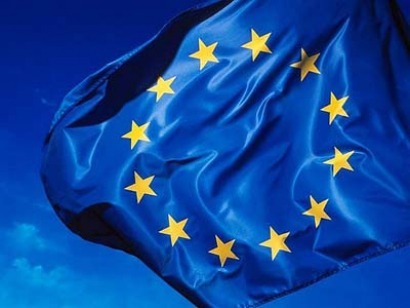
The report says this limitation is due to the current weaknesses in the power grids and control systems of the EU27 countries, which would apparently encounter problems when managing "intermittent" sources.
According to the report, "a cost increase of €25 billion per year is suggested as a limit to acceptable costs" which would allow for “around 40% for the share of intermittent generation capacity in both a 2030 and 2050 perspective”. However, if other non-intermittent renewables such as concentrating solar power with heat storage, biomass and geothermal are included, renewable power could reach 80% of the mix, says the report’s authors. This share could also reduce carbon dioxide emissions by 95% over 1990 levels.
Sources in Spain’s renewable energy sector have indicated that the language used in the report is evidence of the wrong mentality of the researchers of the report, because "wind and photovoltaics are not 'intermittent', but are 'variable'". Moreover, Spain, which has been one of the flag bearers of renewable energy, boasting considerable wind and solar capacity, has shown that it can cover up to 60% of electricity demand during periods of low demand using wind power alone, without spending huge amounts on infrastructure, one source added. This is even more striking when one considers that Spain is effectively a “power island”, with little options of exporting or importing electricity depending on its requirements.
The Assessment of the Required Share for a Stable EU Electricity Supply until 2050 was prepared by the Dutch group Ecorys Nederland BV with the collaboration of the Energy Research Centre of the Netherlands. The document was commissioned by European Commission’s Energy DG to "to quantify the overall limits of energy system – and thus supply – stability under the likely conditions of significantly increased future shares of generation from intermittent sources".
The study considers two sources of electricity generation: variable (or "intermittent") sources, with special reference to wind and solar photovoltaic systems; and sources that the report’s authors qualify as "flexible" and include natural gas, oil and hydropower.
The report does not however take into account the volatility of prices (in the case of fossil fuels) or supply security-related (political) issues in its assessment. Nonetheless, it does concede that the EU's energy mix is dependent on political decisions and that wind and PV could make up more than 40% of the mix.
Just to achieve 40%, though, the document concludes that the EU would have to invest €25 billion in adapting the continent’s energy infrastructure. To reach a 50% share, €50 billion would have to be invested, and a 70% share, €200,000 billion.
For additional information:
Assessment of the Required Share for a Stable EU Electricity Supply until 2050

